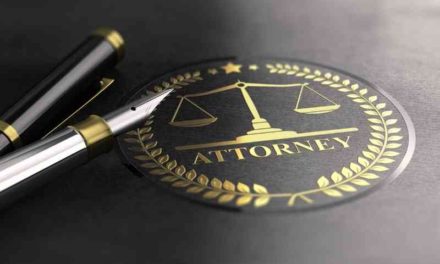The foundation of brand identification, trademarks guard distinctive symbols, logos, and words that set your products or services apart in the market. But trademark abandonment is a mechanism via which these priceless assets might be lost. Any company owner looking to protect their intellectual property must understand what defines abandonment and its repercussions.
What is Trademark Abandonment?
Trademark abandonment is the state in which a trademark owner stops using their mark in business and has no plans to use it again. Legal abandonment results from this lack of usage and lack of desire to resurrect the mark. As such, the trademark loses its exclusive protection and everyone may use the same or a similar mark for their own goods or services.
Main Elements Affecting Abandonment
Non-use: The main cause of trademark abandonment is the long-term stop of its commercial usage. Though there is no set period, three years of non-use establishes an abandonment presumption legally. Accordingly, unless the owner can provide proof of ongoing usage or plans to start using the trademark again soon, it is deemed abandoned.
Intent Counts: Abandonment does not always follow from just ceasing to utilise a brand. Judges assessing abandonment claims take the owner’s intention into account. The mark may not be deemed abandoned if the owner can clearly show that they intend to use it again, as via organised marketing campaigns or product introductions.
Failure to Keep Up Registration: National trademark offices are the usual place where trademarks are registered. Abandonment may result from not renewing a registered trademark or from not fulfilling certain maintenance criteria established by the agency.
Further Things to Think About
Explicit Abandonment: By submitting the necessary documentation to the trademark office, trademark owners may likewise formally abandon their mark. The trademark rights are being clearly and unequivocally given up by this action.
Genericization: A trademark might become so commonplace that it loses its uniqueness and starts to resemble the product itself (Aspirin, for example). The trademark under such circumstances may be deemed abandoned and lost its legal protection.
After abandonment, what happens?
Abandonment of a trademark has major repercussions:
Loss of Exclusive Rights: After a mark is abandoned, anyone may register and use it, thus harming your brand identity and confusing customers.
Vulnerability to Infringement: Without trademark protection, rivals may freely use comparable marks, maybe damaging your reputation and well-established market position.
Problems Regaining the Mark: It might be difficult and maybe necessary to take legal action against the party currently using the mark to regain a previously abandoned trademark.
Safeguarding Your Trademark
The following preventative actions will help you stay away from trademark abandonment:
Use Your Trademark Actively: Make sure your trademark is used consistently in business, on your goods, packaging, marketing materials, and internet sites.
Track Trademark Use: Keep an eye on any trademark infringement by rivals.
Keep up brand Registrations: If your brand is registered, make sure you follow all renewal and upkeep guidelines provided by the appropriate trademark agency.
Consult an intellectual property lawyer for advice if you are concerned about possible abandonment or are accused of abandoning your trademark.
Through knowledge of trademark abandonment and early action, you can preserve your precious trademark rights and make sure your brand is kept secure in the market. Recall that a trademark that is utilised regularly and kept up to date sets your company apart and builds customer confidence.





